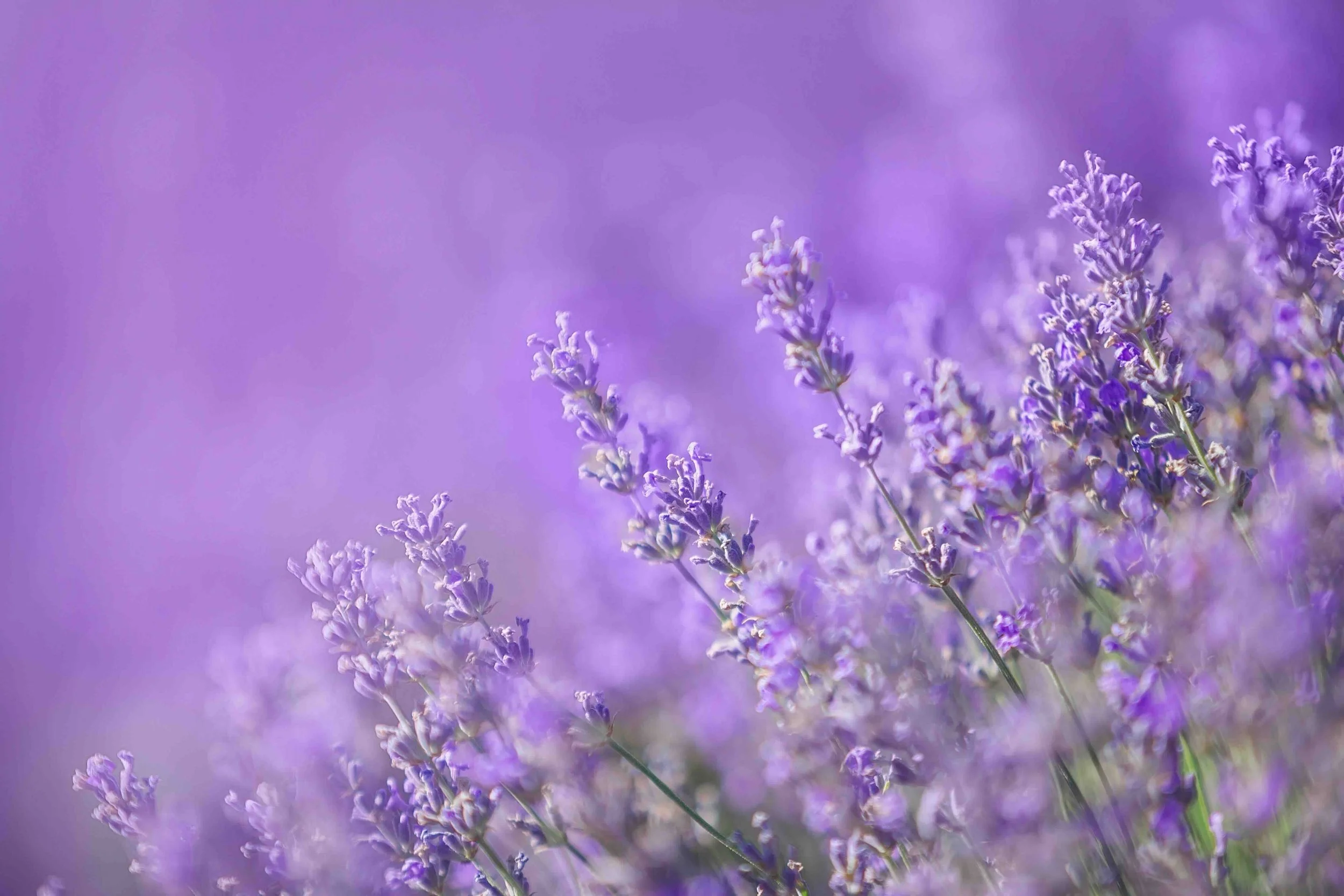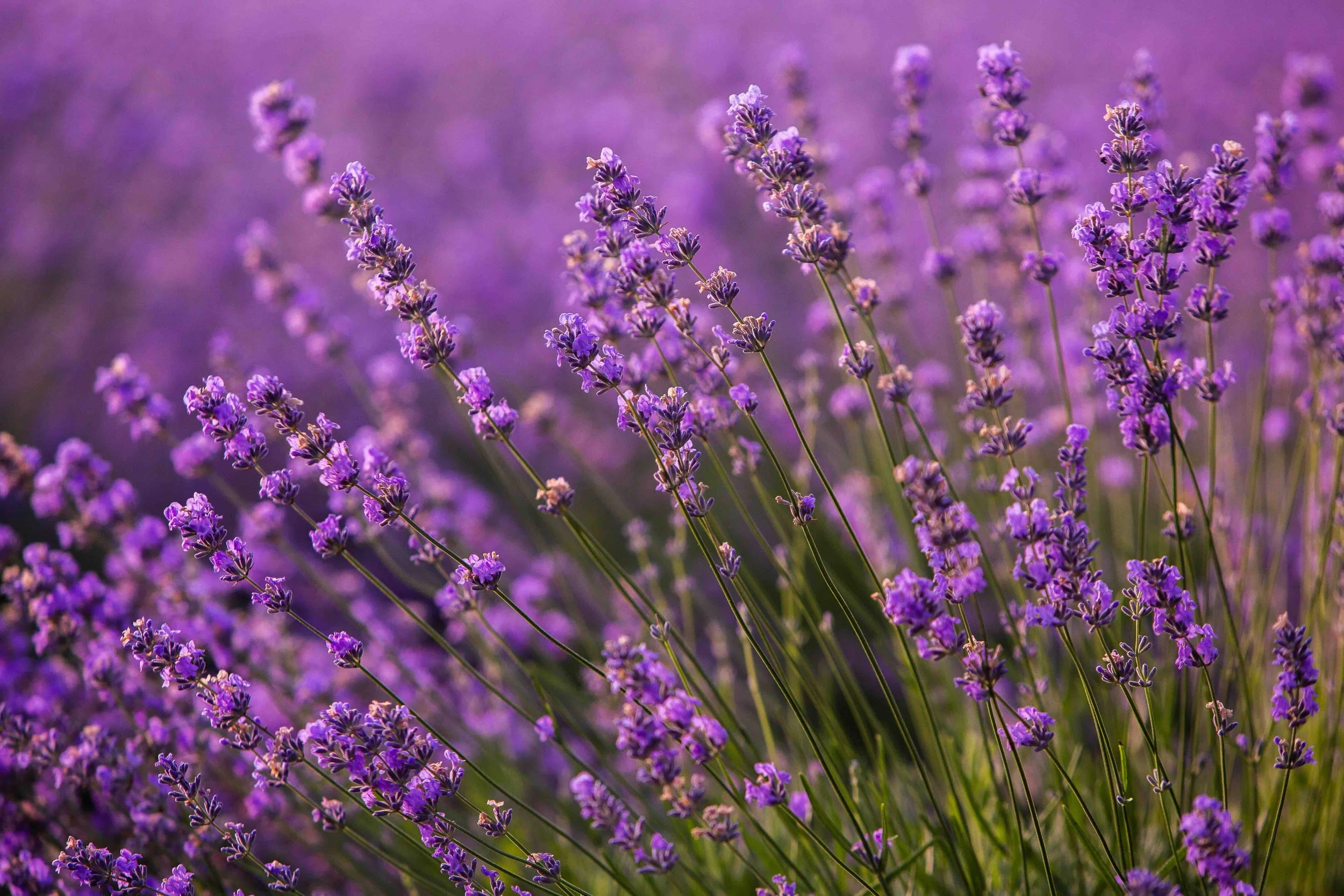
Lavender at the Shakespeare Garden
lavandula angustifolia
The name lavender comes from the Latin lavo or lavare which means to wash. In 16th century Europe, herbs were any plants that were considered useful and lavender was considered an herb used for its cleansing, fragrance, and antibacterial properties. Shakespeare refers to hot lavender in Winter’s Tale, which would have been familiar to his audience and would refer to the herb’s scientific “virtue”, in this case an herb that would be stimulating or warming to the body.
The plant has also long been considered the herb of love and devotion. It was believed that if a young woman drank lavender tea on St. Luke’s day, she would dream of her true love. It was also thought that wearing lavender in your hair allowed you to see ghosts.
Shakespeare refers to lavender only once in his plays and while listing it with other plants that would be found in the perfect English garden, the scene actually takes place in Bohemia.
There are 39 species of lavender to include English, French, Spanish, and Lavandin. It is an herbaceous perennial that grows in zones 5-8. It likes full sun and a rather dry soil. Lavender attracts pollinators and presents as a mounding shrub. It is both a fragrant and beautiful addition to any garden.
Shakespeare references to Lavender:
-
Perdita speaking:
Here’s flowers for you;
Hot lavender, mints, savory, marjoram.


